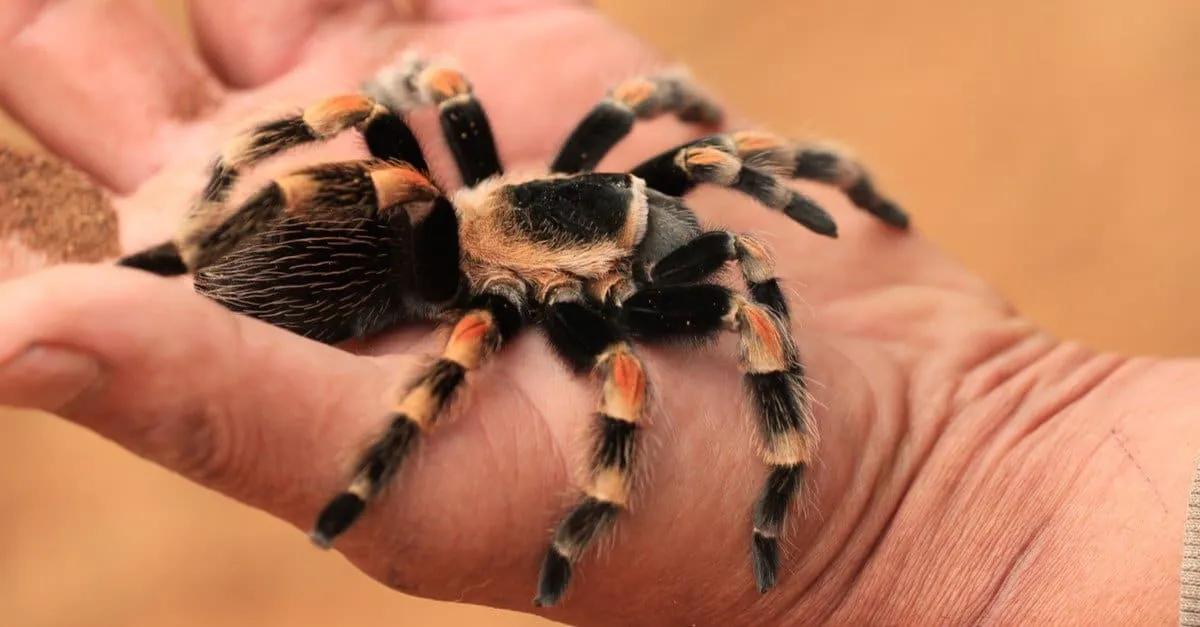Setting up a proper enclosure is crucial for the health and well-being of your red knee tarantula (Brachypelma hamorii). This guide will walk you through the essential steps to create a comfortable and enriching environment for your eight-legged friend. A well-designed tank setup provides the necessary conditions for your tarantula to thrive, promoting natural behaviors and ensuring its longevity. Following these guidelines will help you avoid common pitfalls and create a habitat that is both visually appealing and functionally beneficial for your pet. Remember, a happy tarantula is a healthy tarantula!
Choosing the Right Enclosure
The enclosure is the foundation of your red knee tarantula’s habitat. It should be appropriately sized, secure, and allow for proper ventilation and temperature regulation. The ideal enclosure mimics the tarantula’s natural environment, providing a safe space where it can feel secure and exhibit its natural behaviors. Considering the size of your tarantula, as well as its potential growth, is vital when choosing an enclosure. It is important to select an enclosure that is easy to clean and maintain, as this will contribute to the overall health of your pet. A well-chosen enclosure is a cornerstone of responsible tarantula ownership.
Enclosure Size and Type
For adult red knee tarantulas, a terrarium that is at least 10 gallons in size is recommended, though larger enclosures are always preferable, particularly as your tarantula grows. The dimensions should allow enough floor space for the tarantula to move around comfortably and to dig burrows, if it chooses to. Glass or clear plastic enclosures are common choices, offering good visibility. Make sure the enclosure has a secure lid to prevent escape, as tarantulas are surprisingly adept at climbing. Consider front-opening enclosures for ease of access when cleaning and feeding. The enclosure’s dimensions should be wider than tall, as red knees are terrestrial species.
Ventilation Importance
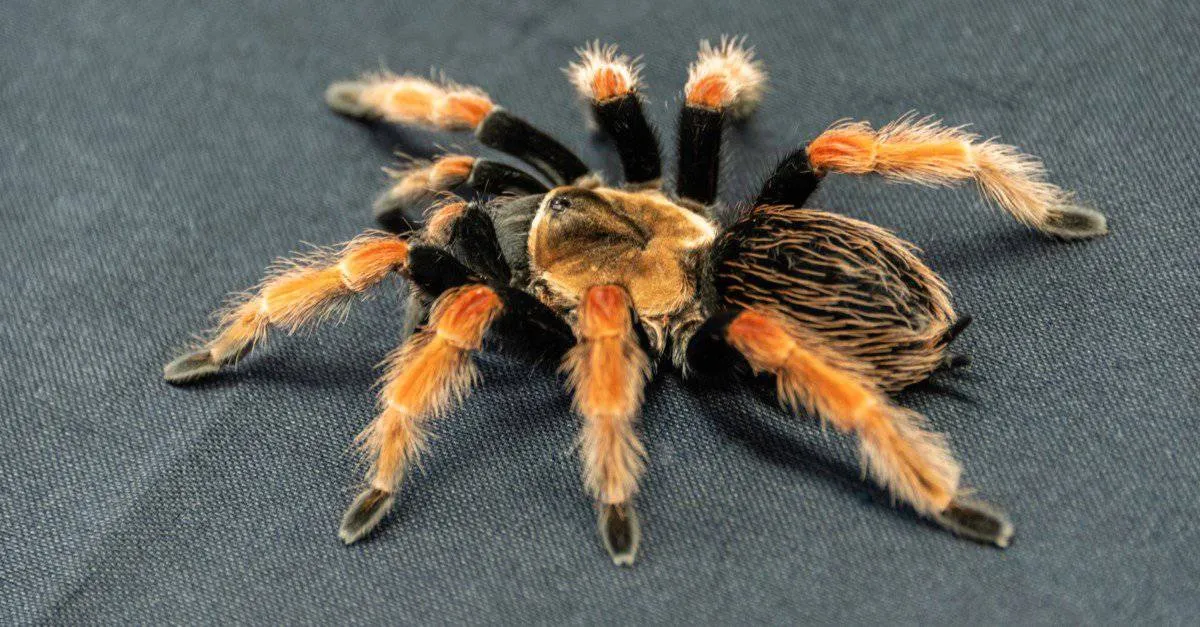
Adequate ventilation is essential to prevent the buildup of humidity and the growth of mold and bacteria within the enclosure. Proper ventilation also ensures good air circulation, which is vital for your tarantula’s health. Enclosures should have ventilation holes or mesh tops. Make sure the ventilation system is designed to allow for air exchange without compromising the security of the enclosure. Avoid enclosures with poor ventilation, as they can lead to respiratory issues for your tarantula. Regularly inspect the ventilation openings to ensure they are free from obstructions like substrate or debris. The right ventilation is crucial for a healthy environment.
Substrate Selection
The substrate serves as the flooring of your tarantula’s enclosure, providing a surface for the tarantula to walk on, burrow in, and maintain humidity. Choosing the right substrate is vital for replicating the natural environment and providing a comfortable habitat. Consider substrates that are safe, non-toxic, and capable of retaining some moisture. A well-chosen substrate contributes to the overall health and well-being of your pet, and helps with maintaining proper humidity levels. It’s also important to select a substrate that is easy to clean and replace as needed.
Best Substrate Options
A mixture of substrates often provides the best results. A good base substrate is a mixture of coco fiber, peat moss, and a small amount of vermiculite. This combination offers excellent moisture retention, allows for burrowing, and is relatively easy to clean. Other options include a bioactive substrate that supports beneficial organisms that break down waste. Avoid substrates that are too dusty or that can easily mold. Make sure the substrate is free of any pesticides or chemicals that could harm your tarantula. Change the substrate regularly to maintain a clean and healthy environment.
Substrate Depth Considerations
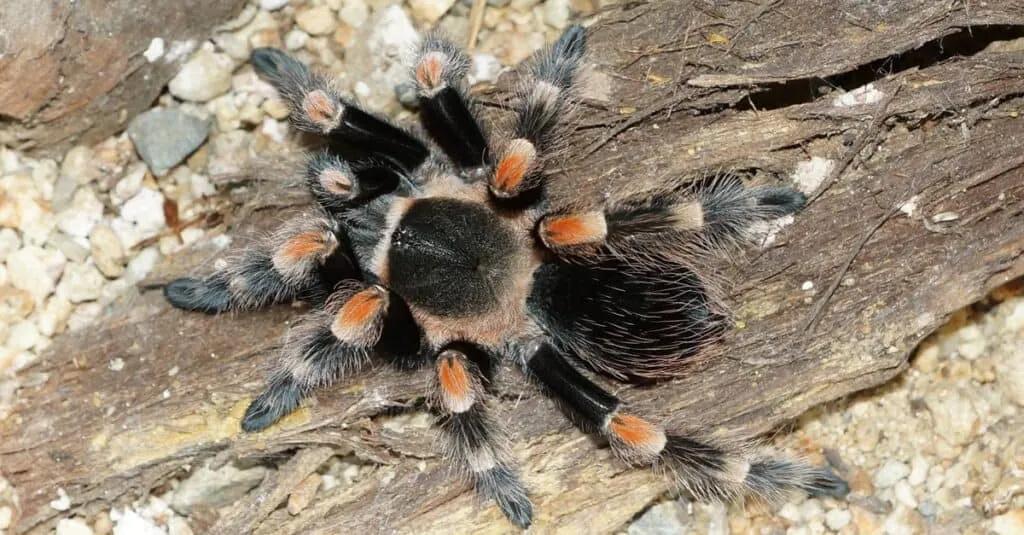
The depth of the substrate depends on the size and needs of your tarantula. For juvenile red knees, a depth of 2-3 inches is sufficient. As they grow, increase the depth to 4-6 inches to allow for burrowing. A deeper substrate helps maintain humidity and allows the tarantula to create a more natural environment. Make sure the substrate is packed lightly to allow for easy burrowing. Regularly check the substrate for moisture and replace it when it becomes too dry or contaminated. The proper substrate depth is a key part of providing a suitable habitat.
Providing Hiding Places
Red knee tarantulas are naturally secretive creatures and need a secure place to hide. Providing a hide is essential for their well-being, allowing them to feel safe and reduce stress. Hiding places provide a retreat, offering a sense of security and contributing to their overall comfort. The presence of a hide helps the tarantula regulate its behavior and promotes a more natural lifestyle. The right hide can make all the difference in your pet’s demeanor.
Types of Hides
Suitable hides can be anything from commercially available reptile hides to simple items like cork bark, half logs, or even overturned terracotta pots. The hide should be large enough for the tarantula to fit comfortably inside. Ensure the hide has an entrance that is easily accessible but also provides a sense of security. Avoid hides with sharp edges or features that could injure your tarantula. Regularly inspect the hide for any signs of wear or damage and replace it as needed. Always choose hides that are safe and non-toxic.
Placement of Hides
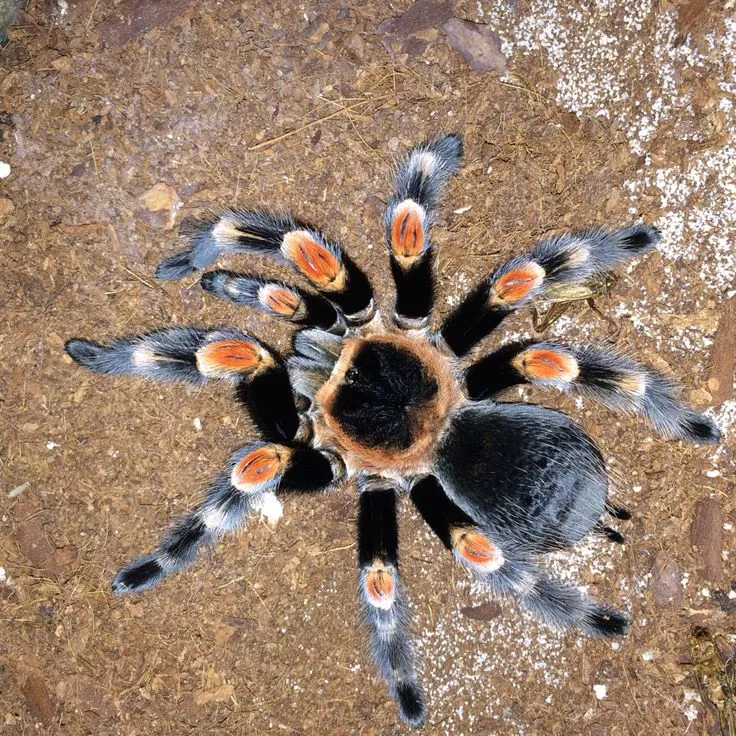
Place the hide in a location where the tarantula can easily access it. Ideally, the hide should be positioned on the substrate, offering a sense of security from all sides. The hide’s placement should also be strategic to control temperature and humidity within the enclosure. Avoid placing the hide directly under a heat source, which could overheat your tarantula. Make sure the hide is stable and won’t topple over, potentially injuring your pet. Observing your tarantula’s behavior can help you determine the best hide placement.
Maintaining Humidity and Temperature
Red knee tarantulas thrive in specific temperature and humidity ranges. Maintaining these environmental conditions is critical to your tarantula’s health and molting success. Regularly monitor and adjust the environment to ensure that it remains within the recommended parameters. Providing the correct temperature and humidity will promote the well-being of your tarantula. A comfortable environment results in a more active and healthy tarantula. Ensuring the correct environment is a key part of responsible care.
Monitoring Humidity Levels
The ideal humidity range for red knee tarantulas is between 60-70%. Monitor humidity using a hygrometer placed inside the enclosure. To increase humidity, mist the substrate with water, but avoid saturating it. Ensure there is adequate ventilation to prevent mold growth. Regularly check the humidity levels and adjust them as needed. Misting the enclosure lightly a few times a week is usually sufficient to maintain the correct humidity. Ensure there’s always a source of fresh water.
Temperature Control Methods
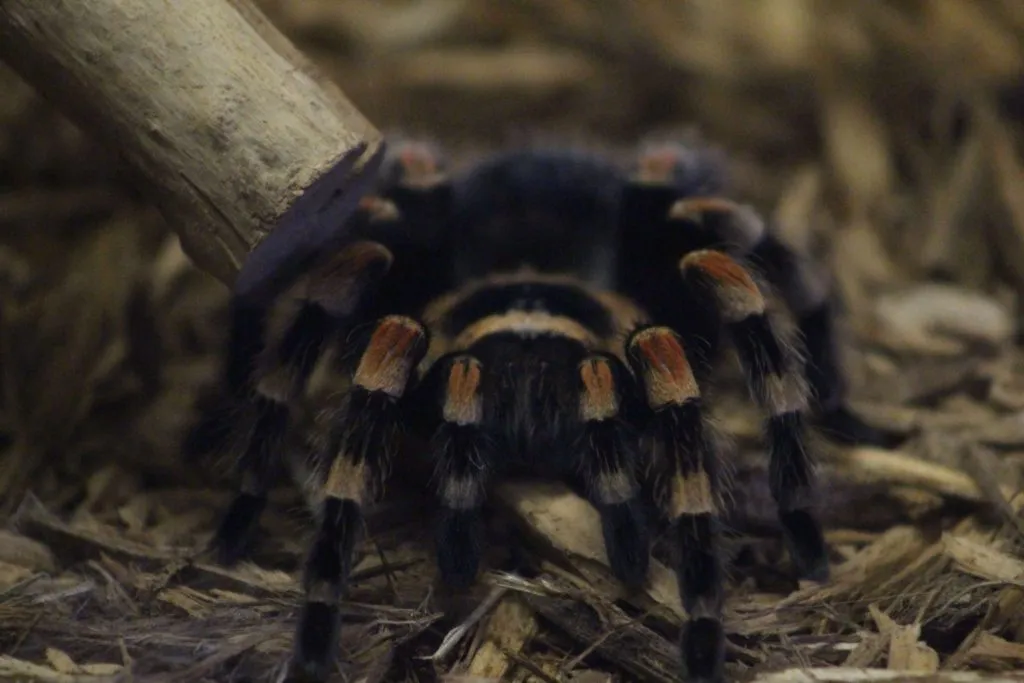
Red knee tarantulas prefer temperatures between 75-85°F (24-29°C). Use a thermometer to monitor the temperature inside the enclosure. Provide a temperature gradient if possible, with a slightly warmer area and a cooler area. Avoid direct heat sources, such as heat lamps, as they can overheat the enclosure. You can use a low-wattage heat mat placed on the side of the enclosure if needed. Ensure the heat source is regulated by a thermostat to prevent overheating. Always monitor the temperature to ensure your tarantula’s comfort.
Water and Feeding
Providing fresh water and a proper feeding schedule is crucial for your red knee tarantula’s health. Ensuring your tarantula has access to clean water and a balanced diet is key to their well-being. Clean water and the right food choices contribute to the overall happiness of your pet. Regular feeding and access to fresh water are essential components of good tarantula husbandry.
Water Dish Options
Always provide a shallow water dish filled with fresh, clean water. The water dish should be shallow enough to prevent drowning. Use a water dish that is stable and won’t tip over easily. Replace the water in the dish at least twice a week, or more often if it becomes soiled. Consider using a small, non-toxic dish, such as a bottle cap. Ensure the water dish is always clean and accessible. Providing clean water at all times is essential.
Feeding Frequency and Food
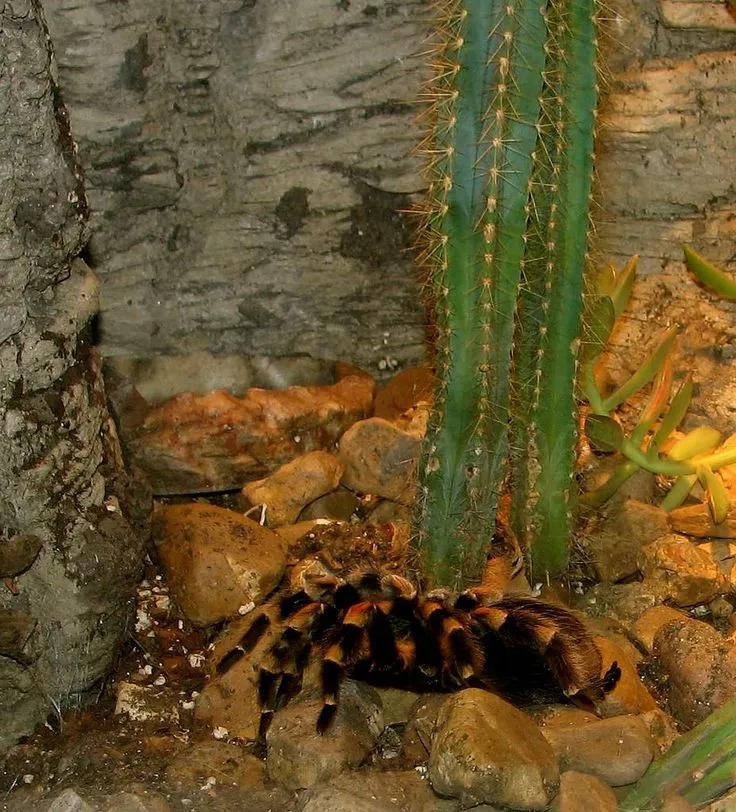
Feed juvenile red knees 2-3 times per week, offering appropriately sized prey, such as small crickets or mealworms. Adults can be fed once a week or every other week, depending on their size and appetite. The food should be live insects that are gut-loaded before being fed to your tarantula. Remove any uneaten prey within 24 hours to prevent stress and potential harm to the tarantula. Variety in diet is beneficial, but ensure the food is safe and non-toxic. Adjust feeding frequency based on your tarantula’s size and molting cycle. Overfeeding can be as harmful as underfeeding, so monitor your tarantula’s condition.
Decorating Your Tarantula’s Home
Adding decorations to your tarantula’s enclosure is not only aesthetically pleasing, but can also enrich the environment and stimulate natural behaviors. Adding decorations provides environmental enrichment, creating a more engaging habitat. Choose decorations that are safe, non-toxic, and enhance the tarantula’s well-being. Always prioritize safety and ensure the decorations do not pose any risks to your pet. Decorating your tarantula’s enclosure can significantly improve its quality of life.
Live Plants vs Artificial
You can use live or artificial plants to decorate the enclosure. Live plants can help maintain humidity and create a more natural environment, but require proper lighting and care. Artificial plants are easier to maintain and can provide similar visual interest. When using live plants, choose non-toxic varieties. Ensure the plants are securely planted or placed, so they won’t fall on your tarantula. Both live and artificial plants can enhance the overall look and functionality of the enclosure. Make your choice based on personal preference and maintenance capability.
Placement of Decorations
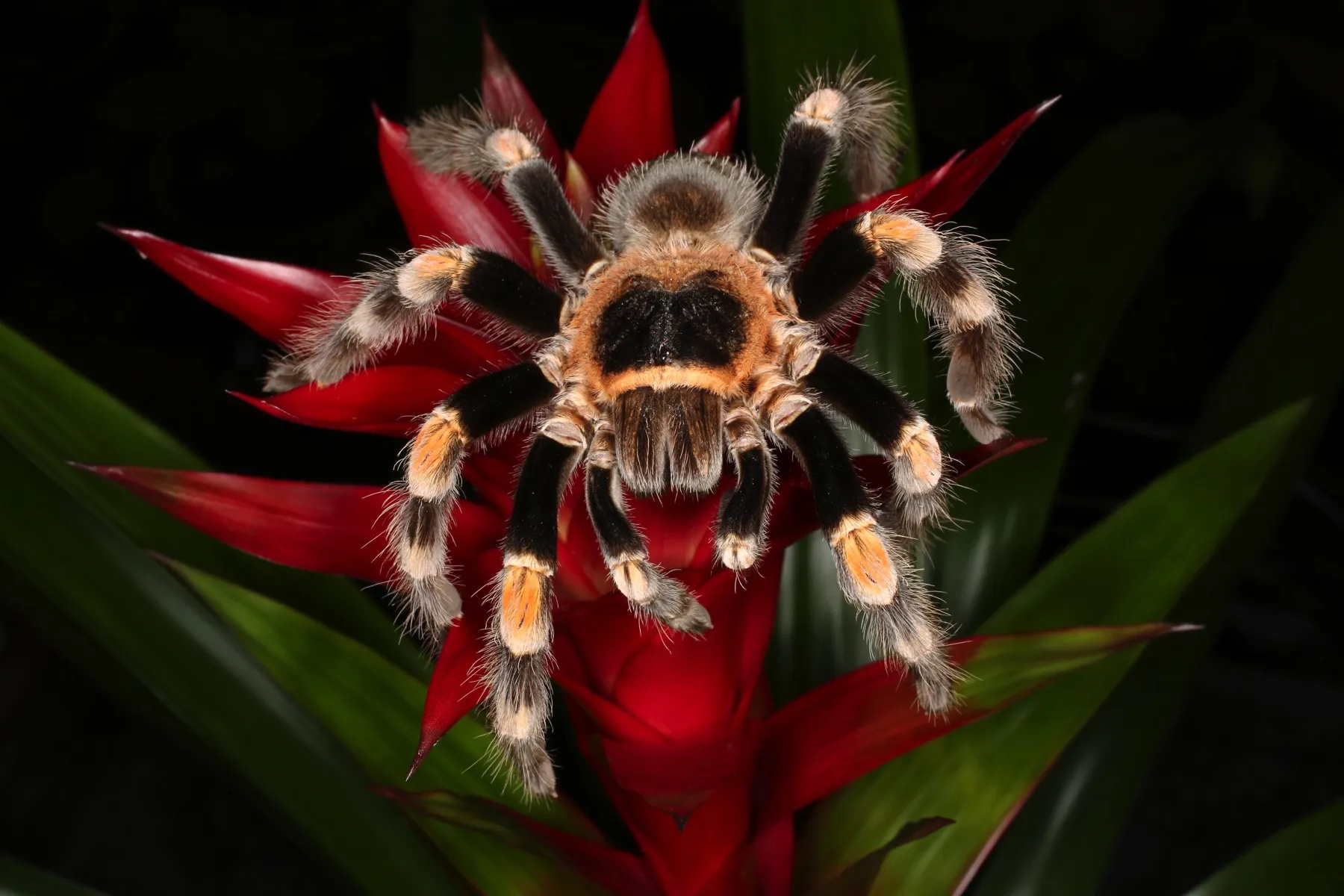
Place decorations strategically to provide cover and enhance the enclosure’s aesthetic appeal. Arrange the decorations to provide visual interest and a variety of textures. Avoid overcrowding the enclosure, leaving plenty of space for the tarantula to move around. Regularly inspect the decorations for cleanliness and safety. The placement of decorations should be in a way to not interfere with the tarantula’s behavior. A well-decorated enclosure enhances the habitat’s functionality and aesthetics.
In conclusion, a well-planned tank setup is the foundation of a healthy and happy red knee tarantula. By carefully considering the enclosure, substrate, hides, and environmental controls, you can create a thriving habitat for your pet. Remember that consistent monitoring and maintenance are key to providing optimal care. By following this guide, you are well on your way to providing a safe and enriching environment for your red knee tarantula. Enjoy the rewarding experience of caring for these fascinating creatures!
